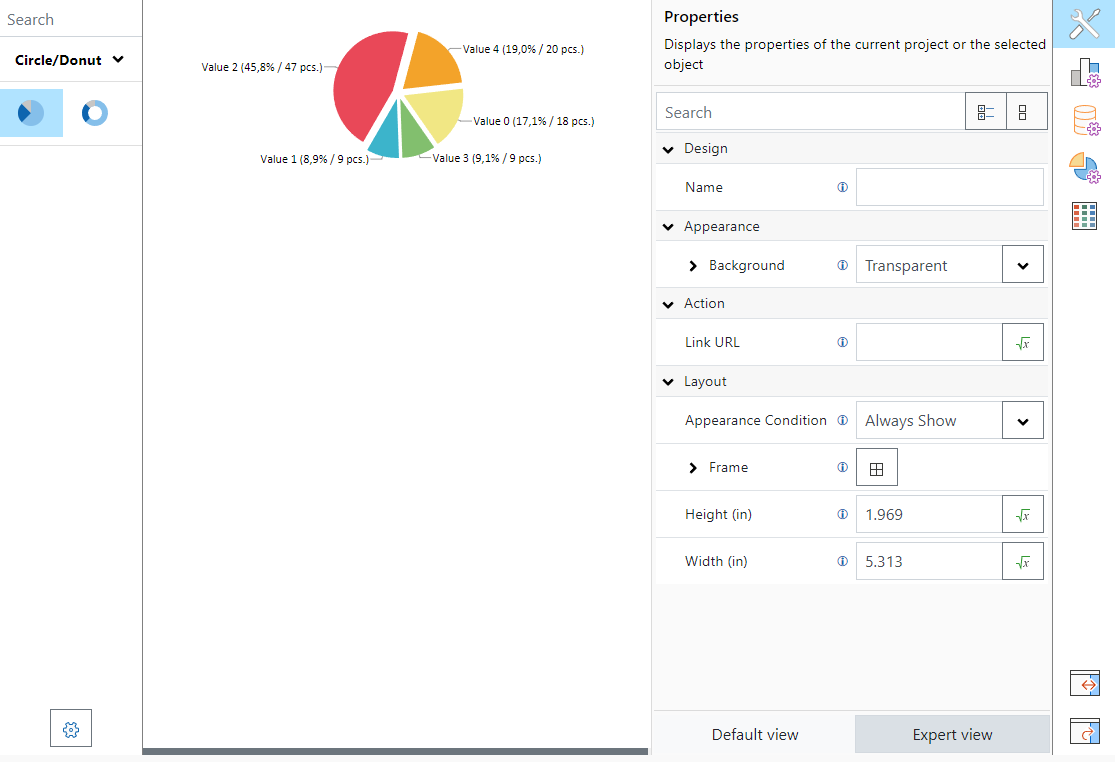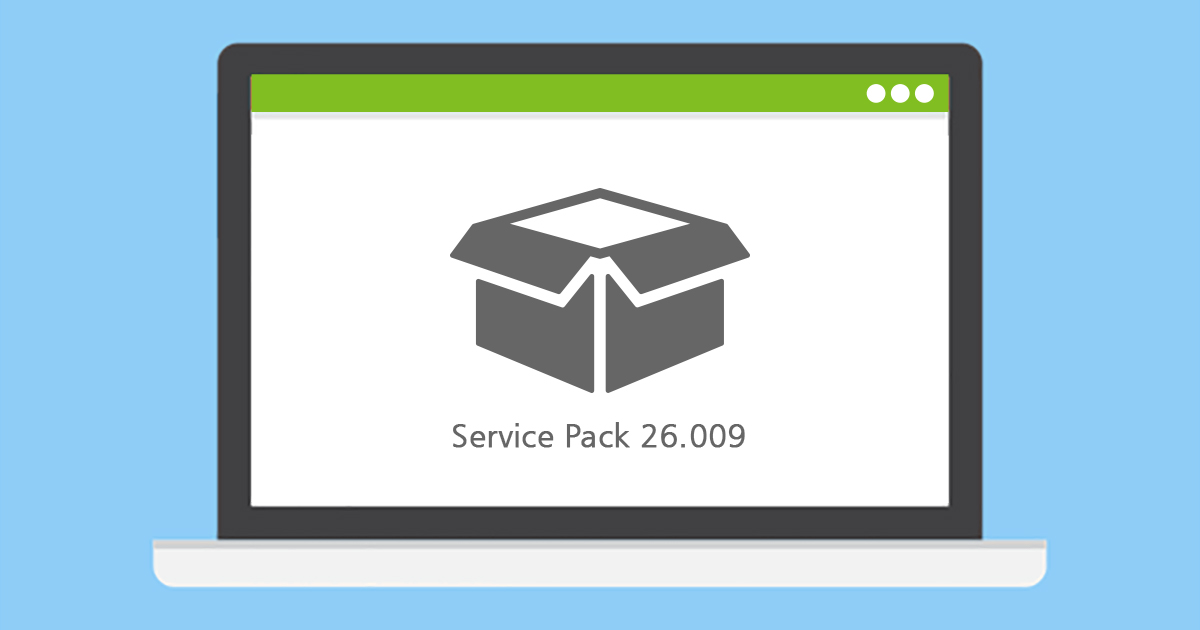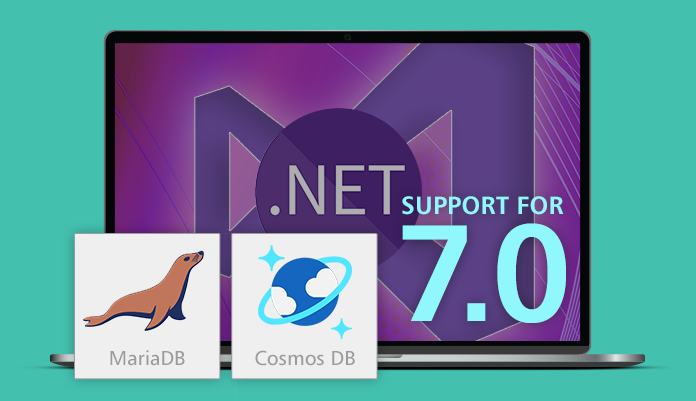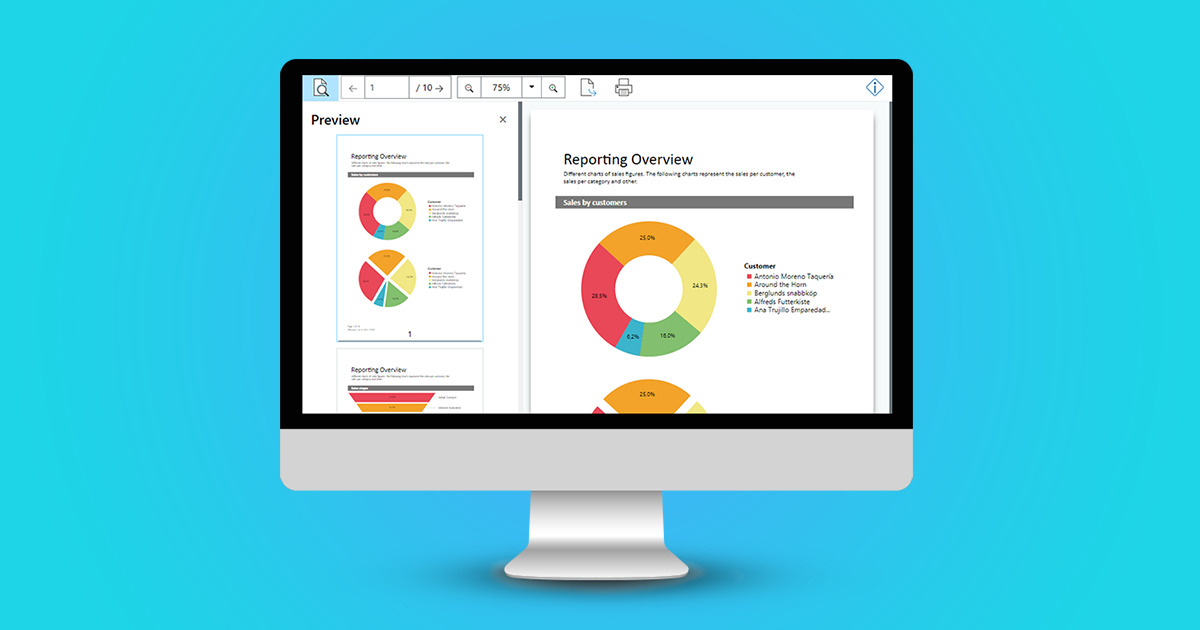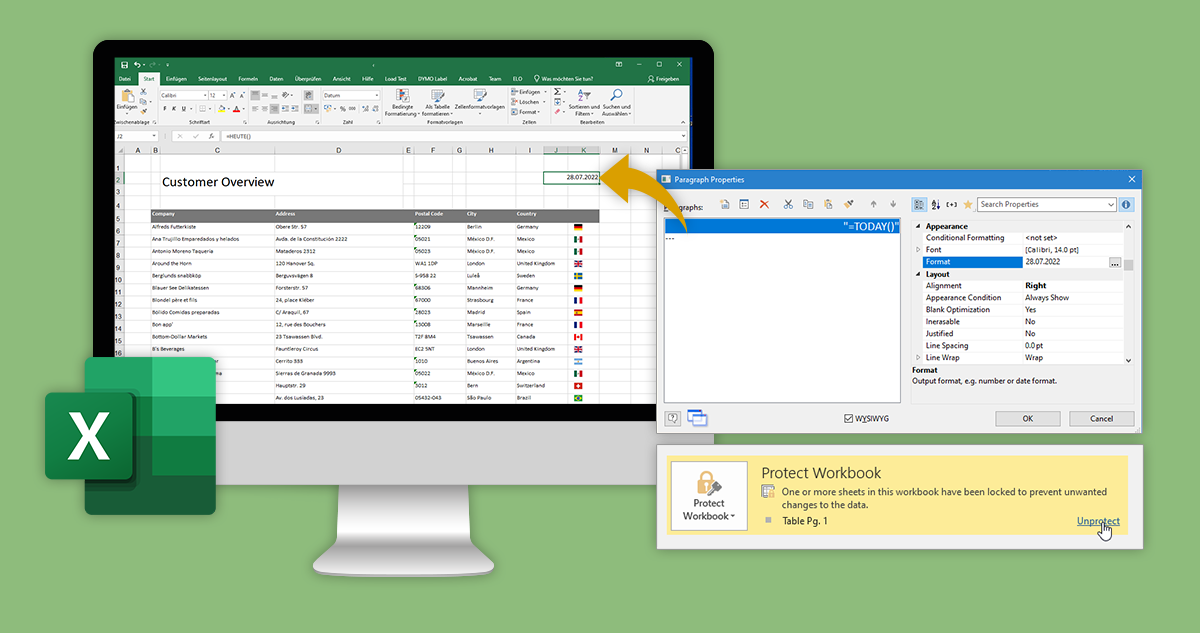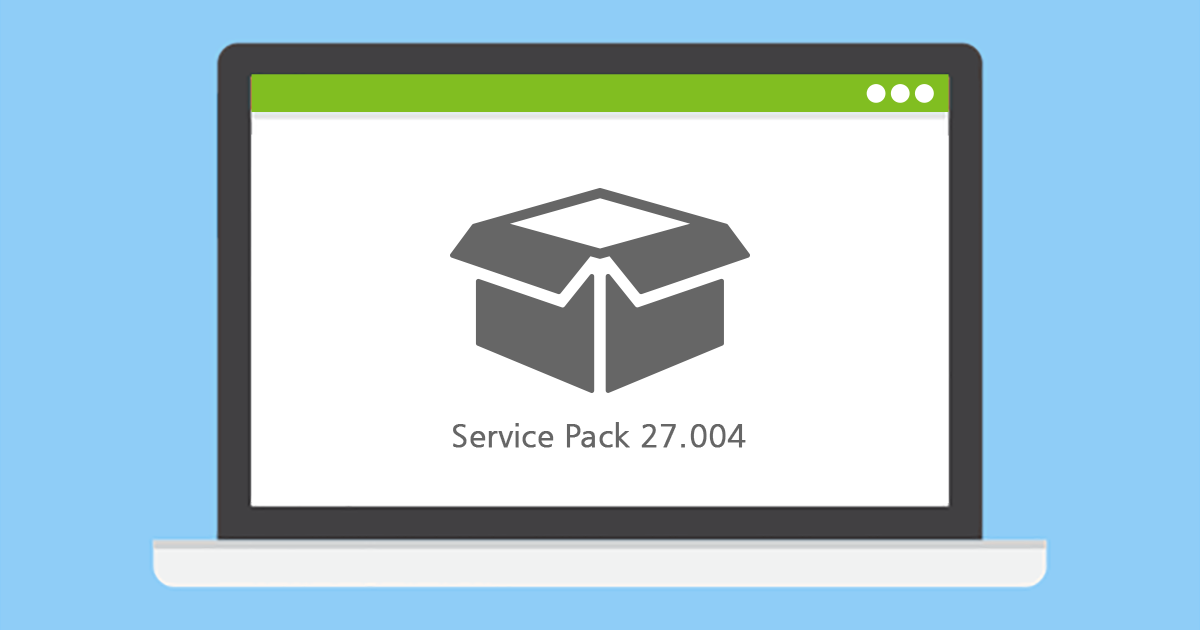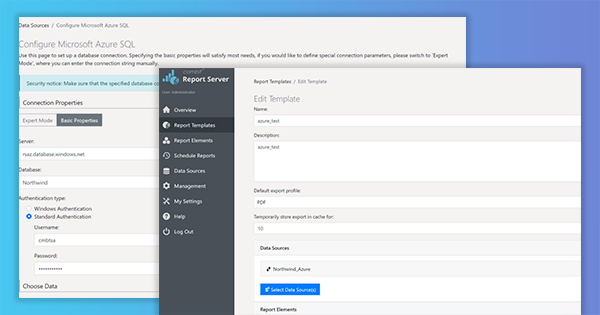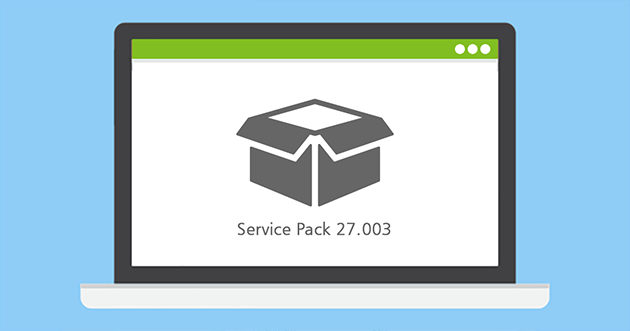New Features for the Web Report Designer in List & Label 28
The Web Report Designer is a central element if you’re using List & Label in web applications. We’re constantly improving and adding to it, and with the release of version 28, we’ve added many new objects and functions again. Here’s a quick overview of the new features.
